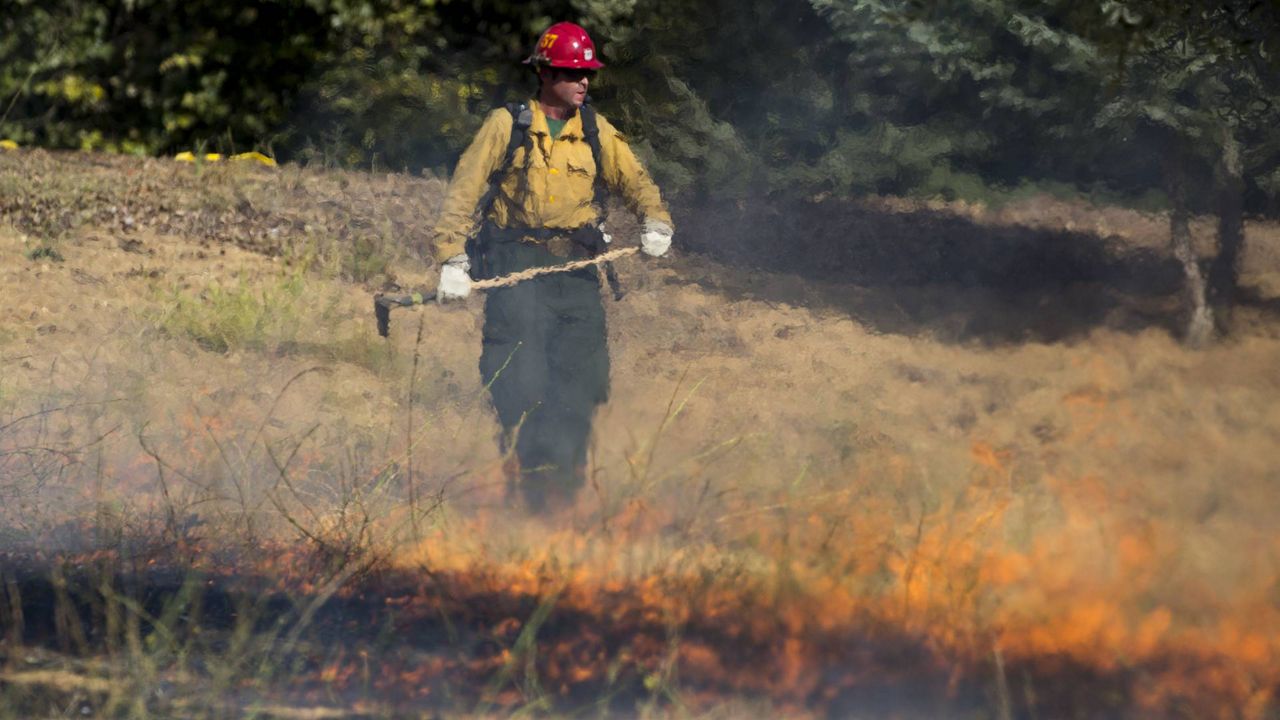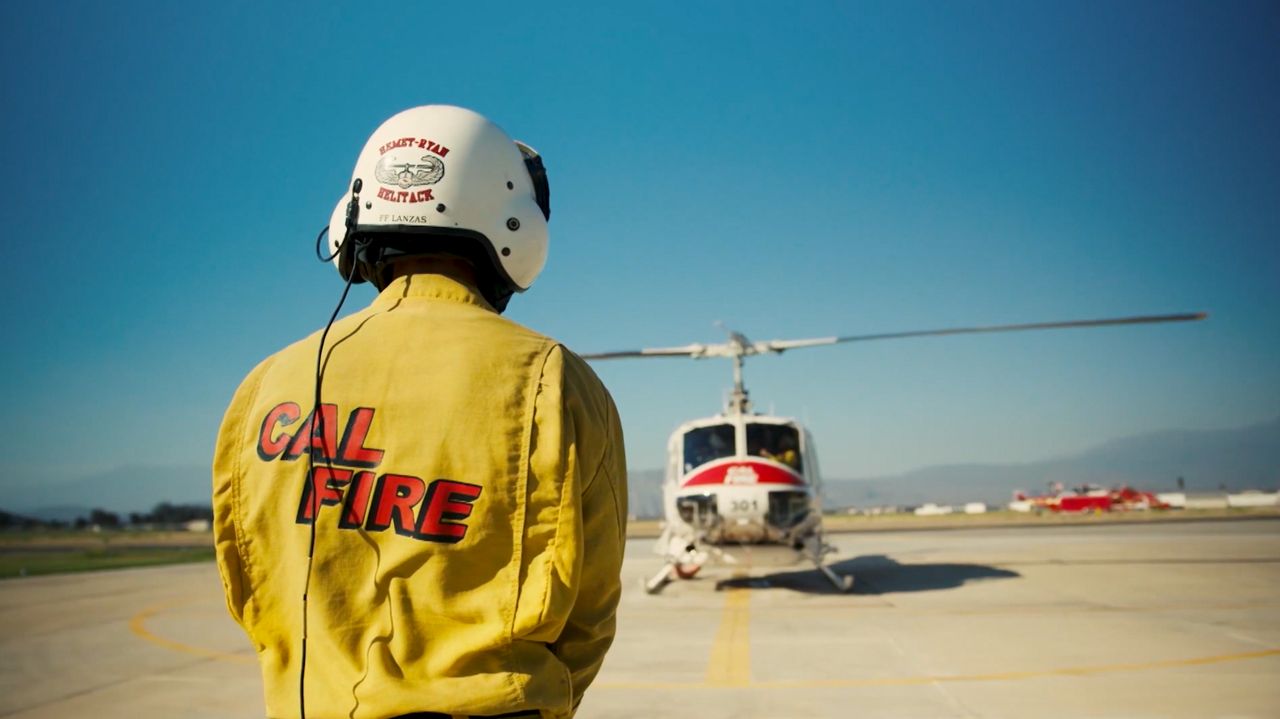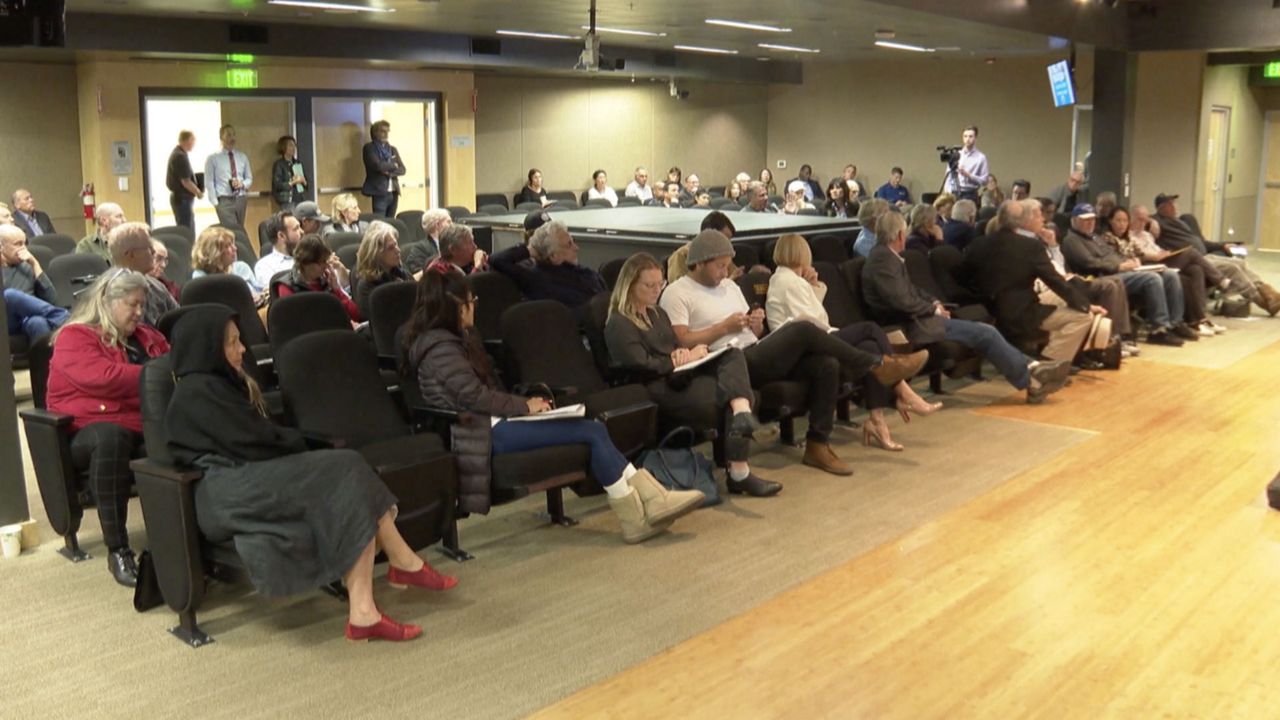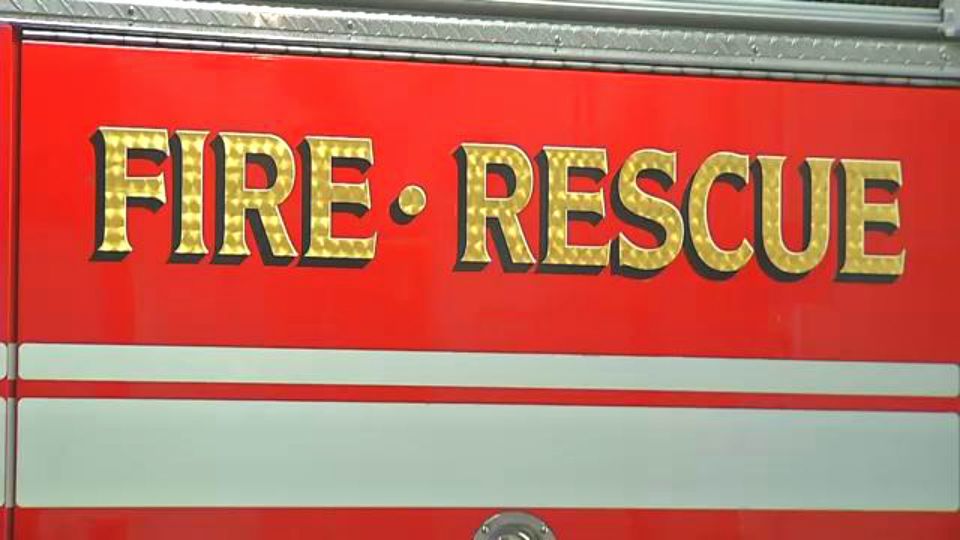LA CANADA FLINTRIDGE, Calif. – Think of it as fighting fire with fire. By igniting carefully controlled burns in ideal conditions, the U.S. Forest Service says they are able to accomplish a few things, but one tops the list.
“The biggest thing to come from this is to make sure we can lessen larger wildfires," said Ricky Hilstein.
Hilstein is a Fire Patrol Captain in the Angeles National Forest, where firefighters are currently in the process of conducting prescribed burns. He says burning potential fuel and creating fire lines won’t necessarily prevent all wildfires, but it can make them more manageable.
RELATED l "Extinct or Alive" Host Shows How Wildfires Impact Native Species
“God forbid we have a fire here, the fire could hit this line, it could actually knock the fire out without us actually having to do as much work," Hilstein said. "It’s just every little step extra we can do to keep our forest, keep the vegetation and minimize large wildfires.”
A new study out of Stanford University says that even though prescribed fires have proven effective, they aren’t being used enough. Researchers say in California nearly 20 percent of the state’s land area needs fuel treatment –either through a prescribed burn or the thinning of vegetation.
They say some of the hurdles include risk of smoke exposure, negative public opinion, and liability concerns if the fire accidentally spreads. Hilstein admits that can happen.
“If the winds come up and become too erratic," Hilstein said, "it can jump the line and actually start an actual wildfire that’s not in control.”
But Hilstein emphasizes every precaution is taken to make sure the fire doesn’t spread.
For him, the biggest barrier has been Mother Nature. Conditions have to be exactly right in order to proceed with a planned burn. Otherwise the plan is scrapped.
“We have to have the prescription," Hilstein said. "The temperature has to be a certain temp – not too high. We have to have certain amount of humidity – not too low. And winds have to be in our favor.”
And while he says they would like to do them more often, he said “we’re not in that window enough to be able to do prescribed fires safely."
They’re not about to take unnecessary risks. After all, controlled burns aren’t helpful if they can be controlled.
The U.S. Forest Service is planning to conduct controlled burns throughout the rest of winter and into spring, weather permitting. For information about specific fuel treatment projects across the forest, click here.








